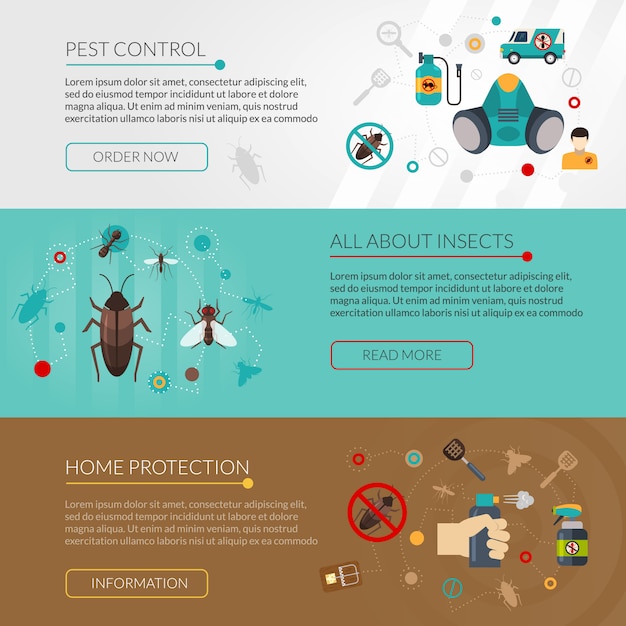

Did you know that wasps can recognize human faces?
The sting of a wasp releases pheromones that can attract other wasps to attack.
Wasps have been known to chew on wood and create paper-like structures for their nests.
A single wasp can eat up to 15 insects in a minute.
Wasps play a crucial role in controlling the population of other insects, such as aphids.
Queen wasps can live for up to a year, while worker wasps typically live only a few weeks.
Wasps are closely related to bees, but they have a distinct slender body shape.
Unlike bees, wasps can sting multiple times without dying.
Some wasp species can reach speeds of up to 25 miles per hour.
Wasps have been observed using tools, such as rocks, to close their nest entrances.
Male wasps do not possess a stinger and cannot sting.
Wasps communicate with each other through a variety of chemical signals and vibrations.
The average wasp nest can house up to 10,000 individual wasps.
Wasps have been used in biological pest control to target specific agricultural pests.
Some wasp species build underground nests, while others build aerial nests.
Wasps have a highly organized social structure with distinct roles for each individual.
The Asian giant hornet is the world’s largest wasp, with some specimens growing up to 2 inches in length.
Wasps have a highly developed sense of smell, allowing them to locate food sources from long distances.
Some wasps species are parasitic, laying their eggs inside other insects so that their larvae can feed on the host.
Wasps are excellent pollinators, but they are often overshadowed by bees in this role.
The buzzing sound that wasps make is produced by the rapid beating of their wings.
Wasps have been known to attack and kill beehives to capture their honey and young larvae.
On a hot day, wasps produce a cooling effect by flapping their wings without lifting off the ground.
Wasps are attracted to strong odors, such as floral scents or decaying fruits.
Some wasp species are known to perform complex mating rituals, including aerial acrobatics.
Wasps have a highly developed visual system, allowing them to navigate and locate prey with precision.
The venom of some wasp species can cause severe allergic reactions in humans.
Wasps are more active during the day and tend to rest at night.
Certain wasp species are known to exhibit aggressive territorial behavior, defending their nests fiercely.
The lifecycle of a wasp starts with an egg, which hatches into a larva, pupa, and finally adult wasp.
Wasps are capable of recognizing other individuals within their own colony.
Some wasp species have specialized mouthparts for cutting and chewing through different materials.
The humming sound that wasps make is produced by their wings vibrating at a high frequency.
Wasps are extremely efficient hunters, often targeting specific prey species.
Some wasp species have been observed stealing honey from beehives without engaging in a full-on attack.
A group of wasps is known as a colony, while a group of bees is called a swarm.
Wasps have a unique ability to fly backward, making them highly maneuverable in tight spaces.
The venom of certain wasp species has been studied for its potential medicinal properties.
Wasps have been used in forensic investigations to determine time of death based on their presence or absence on a corpse.
Some wasp species are capable of learning and remembering complex navigational routes.
Wasps have been known to exhibit altruistic behavior, sacrificing themselves for the greater good of the colony.
Some wasps species have evolved to mimic the appearance of bees as a form of protection.
Wasps have been a subject of fascination and study for scientists for centuries.
The social structure of a wasp colony is highly organized, with a dominant queen leading the group.
Despite their often negative reputation, wasps are essential contributors to the ecosystem, playing vital roles in pest control and pollination.
Around the world, coffee enthusiasts enjoy Monin coffee concentrate since it is a multipurpose product. Conveniently combining…
The Importance of Choosing the Right Shower for Your Bathroom Renovating your bathroom can be…
Usain Bolt holds the record for the fastest 100-meter sprint in history.Bolt was named Sportsman…
Love is in the air... and it smells suspiciously like chocolate!Roses are red, violets are…
Life's a beach, take a picture and relax.Sun, sand, and salty kisses. That's what beach…
Hungary is home to the largest thermal water cave system in the world.The Rubik's Cube…